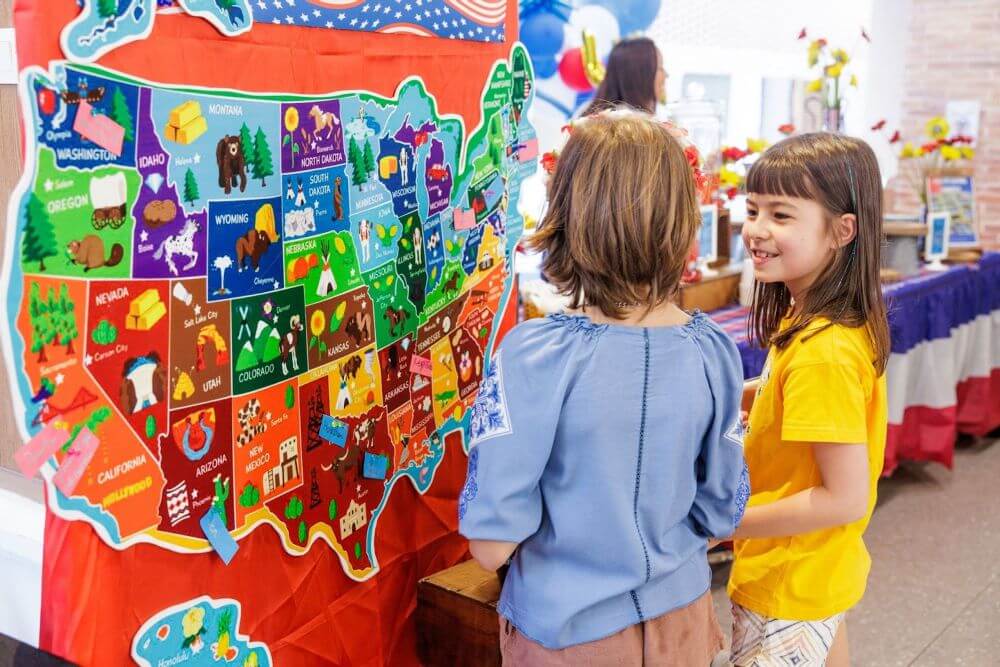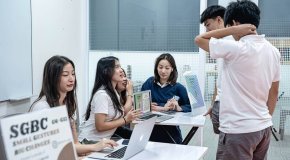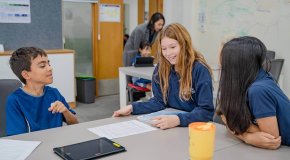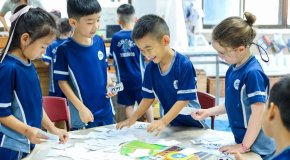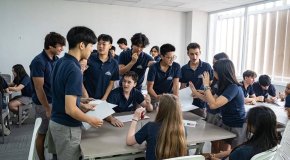9 Strategies for Encouraging Independent Learning in Primary Schools
Independent learning in primary schools refers to the process by which students take charge of their learning, developing skills such as self-motivation, critical thinking, and the ability to manage their educational goals. Through active and engaged learning, this educational approach cultivates a lifelong love for learning.
To cultivate young students’ autonomy effectively, educators must implement targeted strategies that promote and support independent learning. Our article will introduce 9 essential strategies that primary schools can utilize to enhance independent learning among their students, ensuring they are well-equipped for future academic and personal success.
What is Independent Learning?
Before delving into the practical strategies, we need to know the independent learning meaning.
Independent learning is a student-centered approach in which learners take charge of their educational journey. It involves setting personal goals, conducting their research, and evaluating their progress with minimal reliance on instructors. Students develop critical thinking and problem–solving skills by assuming responsibility for their learning process.
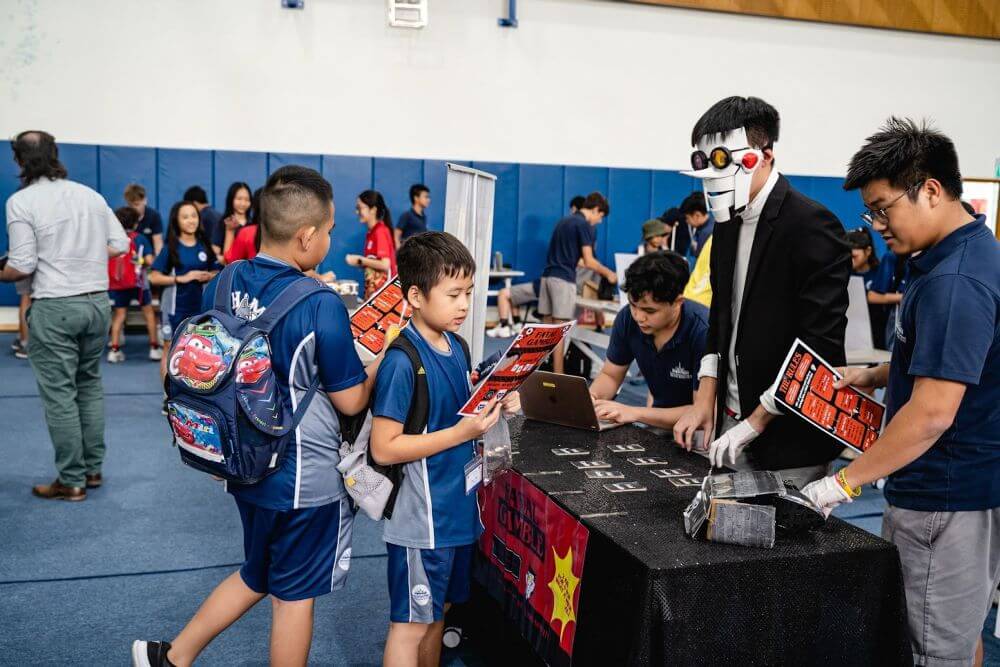
This method gained significant prominence with the rise of internet resources and saw widespread adoption during the COVID-19 pandemic. Nowadays, Independent learning in primary schools has fostered autonomy and lifelong learning habits for personal and academic growth.
What are the Benefits of Independent Learning in Primary Schools?
Independent learning in primary schools offers numerous advantages, including:
- Enhance academic performance through personalized learning paths.
- Boost social inclusion and a sense of “togetherness” among students.
- Offer more opportunities for intellectual creativity and innovation.
- Improve mental health by promoting autonomy and reducing dependency.
- Enhance time management and organizational skills development.
- Increase initiative and creative thinking abilities.
- Improve reading skills and proficiency in writing.
- Boost self-esteem and confidence in their abilities.
- Gain greater awareness of limitations and practical strategies to manage them.
- Enable differentiated tasks by teachers to cater to diverse student needs.
- Promote social inclusion by reducing feelings of alienation.
Strategies to Encourage Independent Learning in Primary Schools
By creating a supportive environment that promotes autonomy and responsibility, educators can empower students to take charge of their learning journey.
The 9 essential strategies to encourage independent learning in primary schools include:
- Encourage Student Participation in Learning
- Refuse to Help Students
- Play Dumb
- Ask Students to Improve Their Work
- Encourage Students to Invent Their Tasks
- Promote a Self-Critical Mindset
- Encourage Peer Learning
- Analyze and Identify The Problem
- Coach Students to Set Goals and Develop a Plan
1. Encourage Student Participation in Learning
Encouraging student participation in learning empowers them to engage with their education actively, cultivating critical skills necessary for lifelong learning. Here are 5 essential strategies to promote student participation:
- Facilitate Self-Evaluation: Students enhance their understanding of strengths and areas needing improvement by self-monitoring and reflection. Clear course guides and assessment criteria enable effective self-evaluation, supported by tools like Photomath and Desmos in mathematics, which allow students to review and refine their problem-solving skills independently.
- Promote Study Success Planning: Encourage students to develop personalized action plans to achieve academic goals, facilitating self-reflection and autonomy. Providing students with templates and guidelines for setting goals and monitoring progress enhances their ability to take ownership of their learning journey.
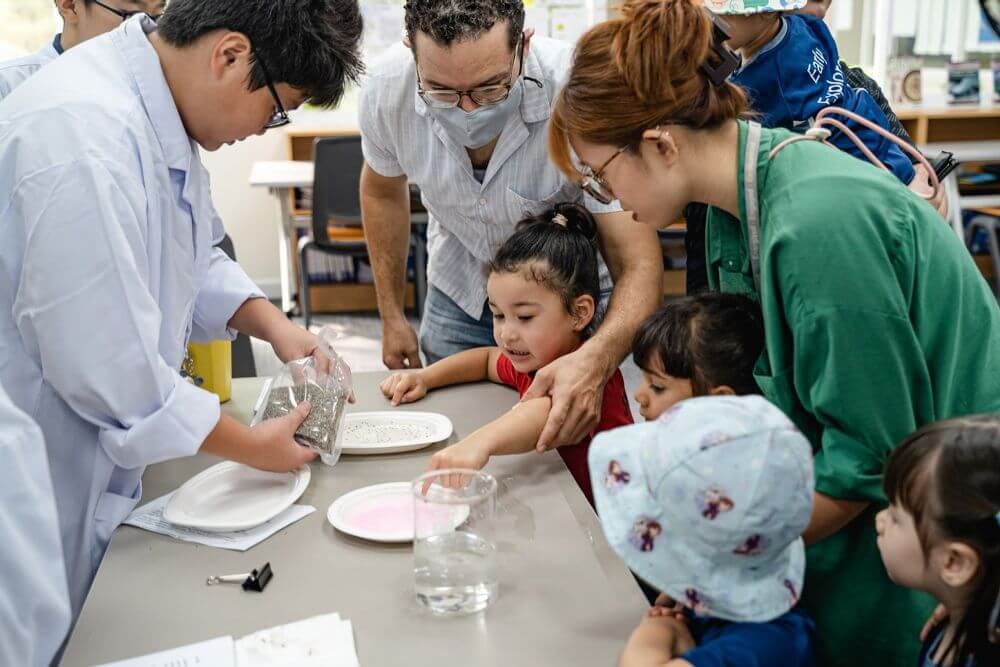
- Develop Analytical Practices: Integrate critical thinking and analytical skills throughout the curriculum. Utilize structured frameworks such as pros and cons or agree/disagree debates to scaffold students’ analytical thinking. Platforms like Poll Everywhere or Padlet facilitate independent expression and collaboration, allowing students to articulate and defend their viewpoints.
- Involve Students in Planning: Educators promote a sense of ownership and engagement by soliciting input on curriculum topics and research directions. Techniques like using surveys or word clouds to gauge student interests and integrating group research tasks promote active participation and deeper exploration of subject matter.
- Strategic Curriculum Design: Through structuring tasks that promote inquiry and exploration at various stages of the curriculum, educators support students in developing autonomy and critical thinking skills. A well-designed curriculum framework, guided by academic staff input and structured learning objectives, facilitates a supportive environment for students to thrive as independent learners.
2. Refuse to Help Students
In educational settings, refusing to assist students immediately may appear counterintuitive to traditional teaching norms. However, strategically withholding help can encourage greater student independence and critical thinking skills. This method encourages students to thoroughly work through issues, become more persistent, and improve their problem-solving skills.
- Three Attempts Rule: One effective strategy is implementing a “three attempts rule“. Before providing direct assistance, students must demonstrate that they have made at least three genuine attempts to solve the problem independently. This rule guarantees that students actively interact with the content before seeking help and promotes tenacity.
- Problem-Solving Checklist: Another method involves using a problem-solving checklist outlining specific steps students should follow before requesting help. Refrain from offering immediate assistance unless students can articulate their efforts in following each item on the checklist. This approach reinforces procedural understanding and cultivates a habit of systematic problem-solving. Example of a checklist to address a task:
- Have I read the question carefully and underlined keywords?
- Have I reviewed my notes from previous lessons?
- Have I consulted classroom displays or reference materials?
- Have I attempted different approaches to solve the problem?
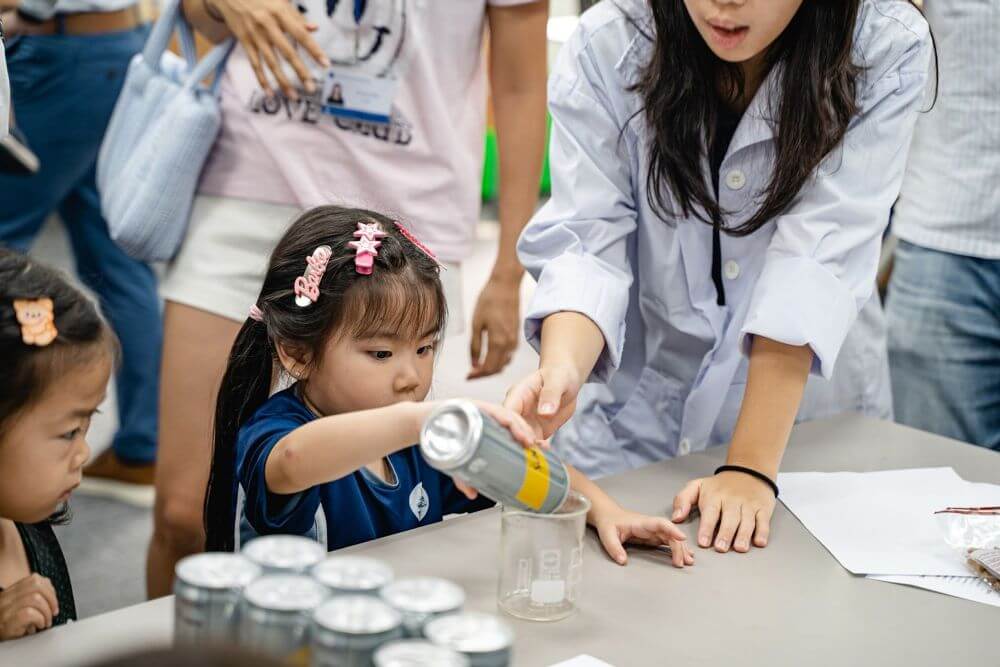
- Promoting Critical Thinking: Teachers should encourage students to articulate their thought processes. When students seek help, prompt them to explain the potential solution and its reasons instead of providing the answer outright. Through better comprehension and the development of analytical skills, this approach returns the responsibility for knowledge to the students. Example dialogue:
- Student: “I’m not sure how to proceed with this problem.”
- Teacher: “What do you think is the next step?”
- Student: “I think I need to analyze the data and draw conclusions.”
- Teacher: “Why do you think that’s important in this context?”
The rationale for refusing immediate assistance lies in cultivating independent learning habits. Many students are accustomed to seeking quick solutions without investing effort in problem-solving, which often stems from educational environments that prioritize immediate answers over process-driven learning. Educators can instill a sense of ownership over their learning journey by requiring students to demonstrate initiative and perseverance.
3. Play Dumb
Playing dumb can effectively stimulate independent thinking among students, drawing inspiration from the pedagogical methods of Socrates:
- Example of Technique:
- Student: “Miss, what’s the answer to this question?”
- Teacher: “I don’t know. What is the question about?”
- Student: “It’s about probability.”
- Teacher: “What is probability?”
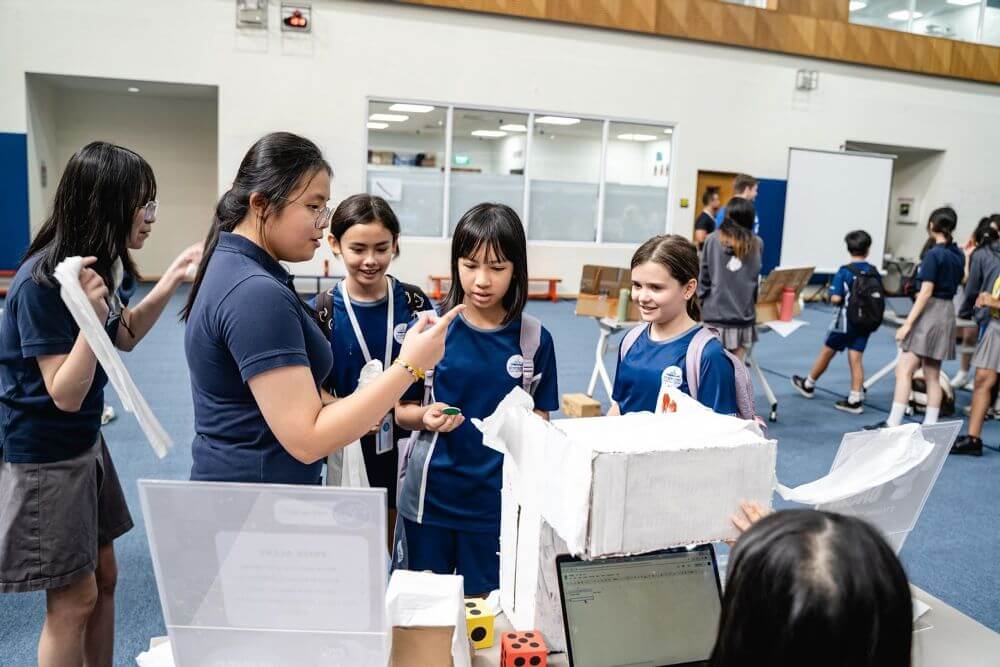
The above method prompts students to actively engage with the subject matter, leveraging their existing knowledge to formulate solutions independently. It is most successful when students possess adequate comprehension but benefit from gentle guidance to foster deeper understanding and autonomy in their learning journey.
4. Ask Students to Improve Their Work
Encouraging students to refine and enhance their work promotes independence and cultivates a heightened awareness of quality standards. Drawing from effective strategies:
- Inspector Role Play: When students believe their work is complete, they are prompted to assess it as a school inspector seeking excellence. Encourage self-evaluation to identify areas for improvement, facilitating a proactive approach to enhancing their work.
- Improvements Checklist: Distribute laminated checklists to guide students in evaluating their work comprehensively. Upon completion, students should review the checklist to identify potential enhancements, promoting self-directed improvement.
- Revision Requirement: Establish a standard where no work is considered finished until at least three revisions are made. Students must annotate changes and rationale for improvements, reinforcing critical analysis and iterative refinement.
5. Encourage Students to Invent Their Tasks
After completing their assignments, encourage students to push their boundaries by creating extension tasks. One approach is to provide them with keywords from higher levels of Bloom’s Taxonomy, prompting them to formulate challenging questions that demonstrate a more profound understanding.

Alternatively, invite students to reinterpret the same content using a different medium of their choice, emphasizing the retention of core ideas while nurturing creativity and versatility in their learning approaches. These methods promote autonomy and creativity and reinforce students’ engagement and mastery of the material beyond conventional assessments.
6. Promote a Self-Critical Mindset
Encouraging students to engage in self-assessment fosters independence and a constructive approach to learning outcomes:
- Reflection and Self-Assessment: After completing assignments, prompt students to write reflections assessing their decisions and final work. Encourage them to identify strengths and weaknesses, promoting self-awareness and ownership of their learning process.
- Comparative Evaluation: Guide students to compare their work against predefined success criteria. Through goal-oriented changes, this approach enables a standard to measure their performance.
- Target Achievement Reflection: Have students assess their progress towards recent learning targets. Encourage reflection on strategies for achieving unmet targets, reinforcing a growth mindset, and continuous improvement.
7. Encourage Peer Learning
Incorporating peer learning strategies can effectively enhance students’ independent learning skills through collaborative engagement:
- Peer Feedback and Review: Encourage students to share their completed work with peers for constructive feedback and suggestions for improvement. Facilitate a structured exchange where students offer insights and receive diverse perspectives, encouraging critical evaluation and refinement of their work.
- Repeated Practice: Promote regular implementation of peer feedback sessions over time. Through repeated application, students develop a habit of seeking and integrating peer input, enhancing their ability to assess and enhance their work independently.
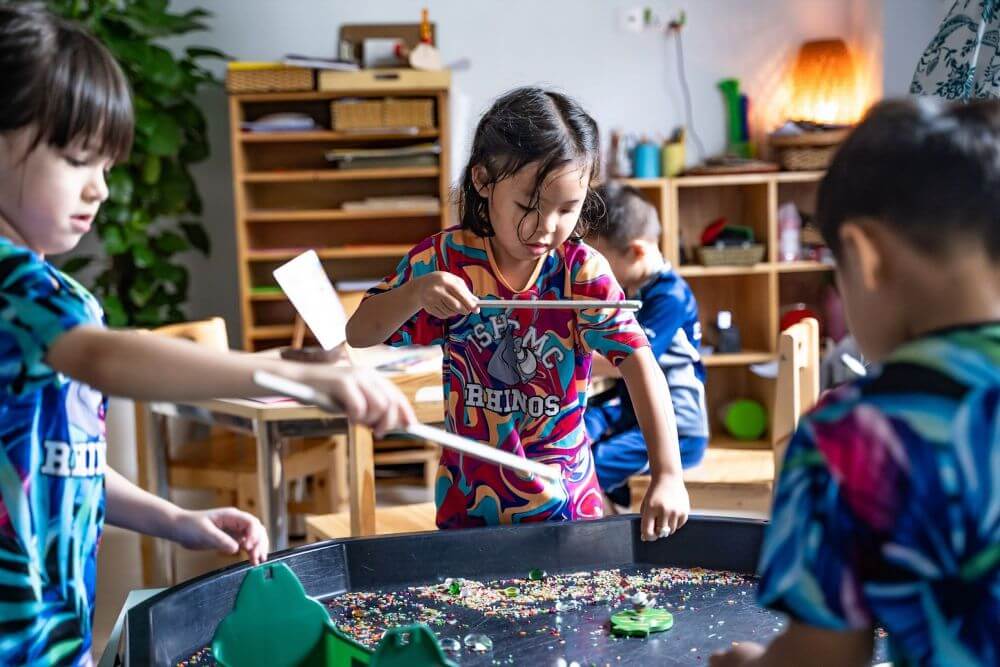
Types of Peer Support:
- Peer Pals: Same-level peers offering mutual support and information sharing.
- Peer Guides: Providing explanations and assistance without hierarchical influence.
- Sponsors, Patrons, and Mentors: Senior peers offering more structured and hierarchical support.
By integrating these strategies systematically into the learning experience, educators can empower students to take ownership of their learning, develop critical thinking skills, and build supportive peer networks that foster academic success and independence.
8. Analyze and Identify The Problem to Develop Independent Learning
In this section, we will explore methodologies for assessing and cultivating independent learning in primary schools, focusing on preparation and performance aspects crucial for promoting autonomy in educational settings.
Preparation
Preparation involves comprehensive assessments to gauge students’ readiness and identify potential barriers to independent learning in primary schools:
- Interviews: Utilize structured and semi-structured interviews to delve into students’ approaches to learning tasks. Techniques such as guided self-assessment aid in identifying goals, analyzing past academic performance, and assessing study habits.
- Questionnaires: Employ validated instruments like the Behavior Rating Inventory of Executive Function (BRIEF) and the School Motivation and Learning Strategies Inventory (SMALSI). These tools assess various facets of students’ learning strategies and motivational beliefs, providing valuable insights into their preparedness for independent learning endeavors.
- Observations and Behavior Sampling: Augment interviews and questionnaires with direct observations and behavior sampling. These methods offer real-time insights into students’ learning behaviors, complementing self-reported data with tangible evidence of their self-regulatory strategies.
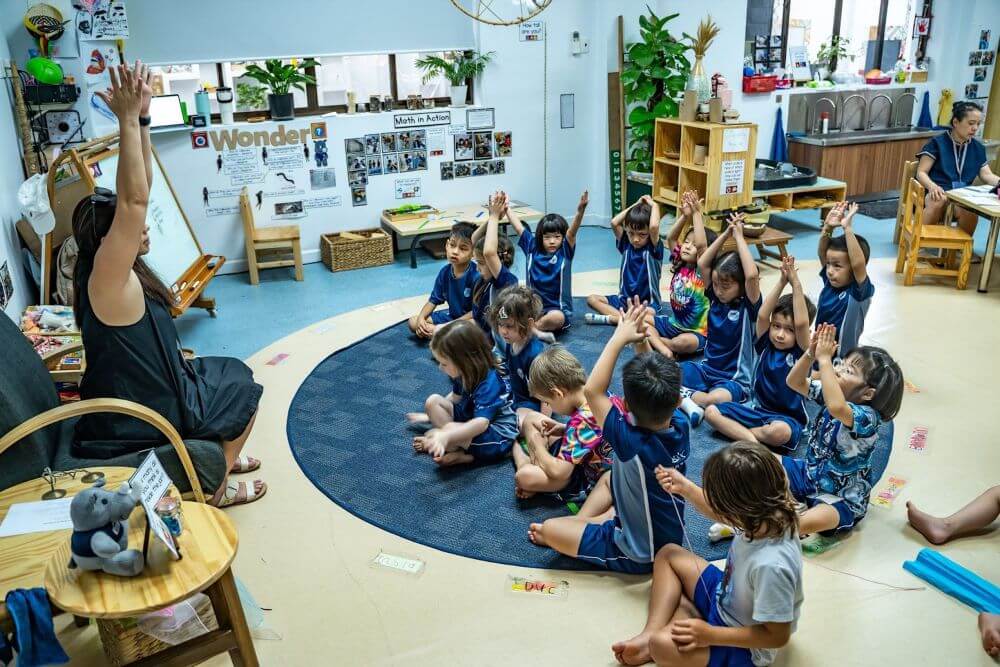
Performance
Performance focuses on fostering independent learning skills through developmental and contextual factors essential for sustained academic success:
- Developmental Factors:
- Cognitive Development: Recognize that developing independent learning skills requires cognitive maturity and self-reflection. Even from early grades, direct instruction in self-regulatory processes promotes positive self-efficacy and enhances students’ ability to select effective learning strategies aligned with their academic goals.
- Skill Progression: Encourage students to progress from basic to advanced cognitive skills through successful learning experiences. Students develop intrinsic motivation by linking positive emotions with learning outcomes and attribute their academic achievements to effective self-regulation.
- Contextual Influences:
- Social Context: Acknowledge the role of social environments (e.g., peers, parents, teachers) in shaping students’ self-regulatory abilities. Positive modeling of self-regulation behaviors and supportive learning environments encourage students to manage their emotions and cognitive strategies independently.
- Learning Environment: Create conducive learning settings that empower students to set goals and pursue learning autonomously. Environments cultivating autonomy and naturalistic learning experiences enhance students’ self-regulated learning behaviors.
With these systematically analyzing preparation and performance factors, educators can develop targeted strategies to promote independent learning in primary schools. To succeed in various educational and professional contexts in the future, this strategy promotes lifelong learning competencies and improves academic accomplishment.
9. Coach Students to Set Goals and Develop a Plan
Educators play a crucial role in promoting autonomy and motivation by guiding students to set practical learning goals and create structured plans.
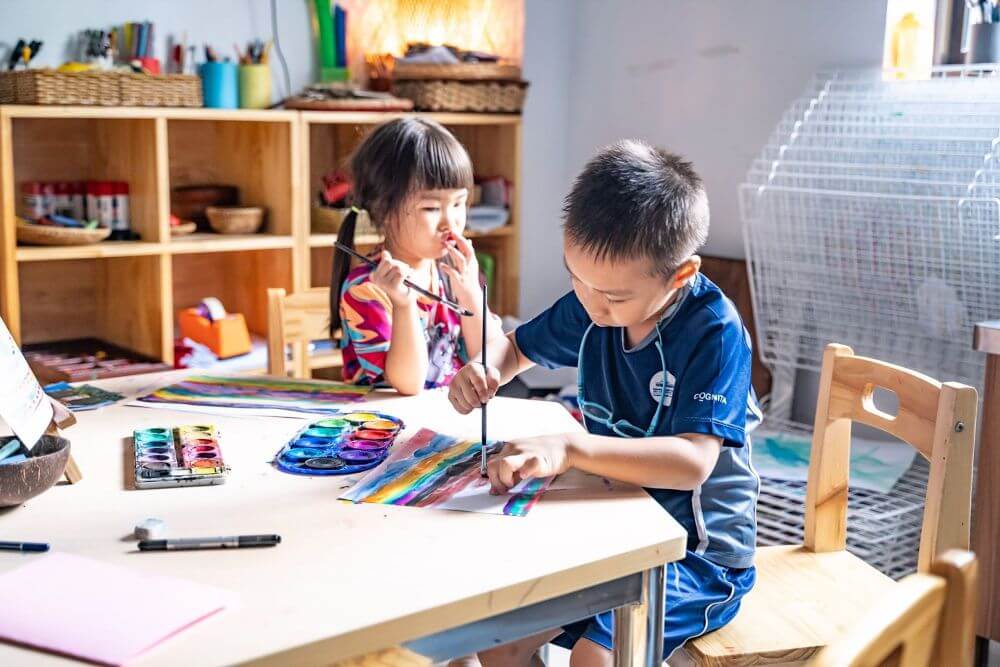
During this process, students are assisted in developing realistic yet challenging goals that are specific to them and build on their areas of strength. It avoids imposing generic objectives from standardized curricula or individualized education programs.
- Personalized Goal Setting: Assist students in identifying goals aligned with their strengths and interests. For example, goals could range from designing class movement breaks to maintaining a gratitude journal embellished with personal photographs or illustrations.
- Structuring Independent Learning: Guide students in optimizing their independent study sessions by promoting strategic breaks and varied study environments. Encourage students to utilize different settings, such as outdoor spaces, cafes, or comfortable indoor areas, to enhance memory consolidation and focus.
- Promoting Self-Discipline: Assist students in managing distractions, organizing study routines, and maintaining focus over extended periods. Enable a mindset of resilience, where setbacks are viewed as opportunities for growth, emphasizing self-forgiveness and perseverance.
Developing Independent Learning in Primary Schools with ISHCMC
The PYP curriculum at ISHCMC emphasizes independent learning in primary schools by promoting connections between school, home, and the broader world. Our approach enhances academic growth and establishes a robust foundation for lifelong learning.
Through integrating learning with real-life experiences, ISHCMC nurtures students to become proactive learners who can apply their knowledge beyond the classroom.
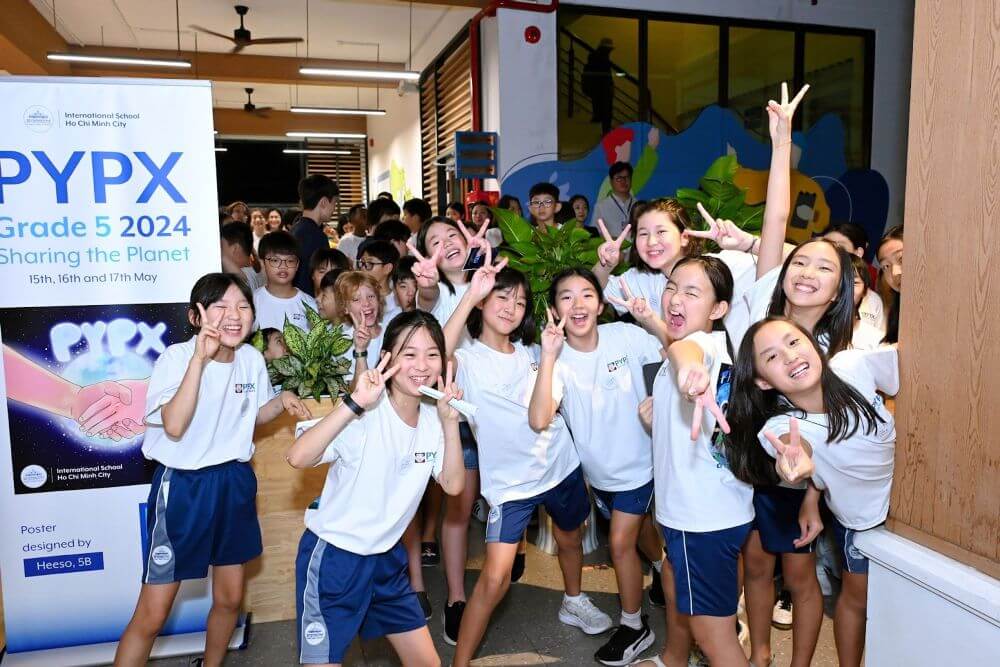
Explore ISHCMC today to discover how we cultivate independent learners ready to thrive in a dynamic global environment. Apply now to join our community dedicated to nurturing future-ready students!
FAQs
In our comprehensive FAQs section, you can find answers to common questions about independent learning in primary schools and effective methods for supporting self-guided education in young students.
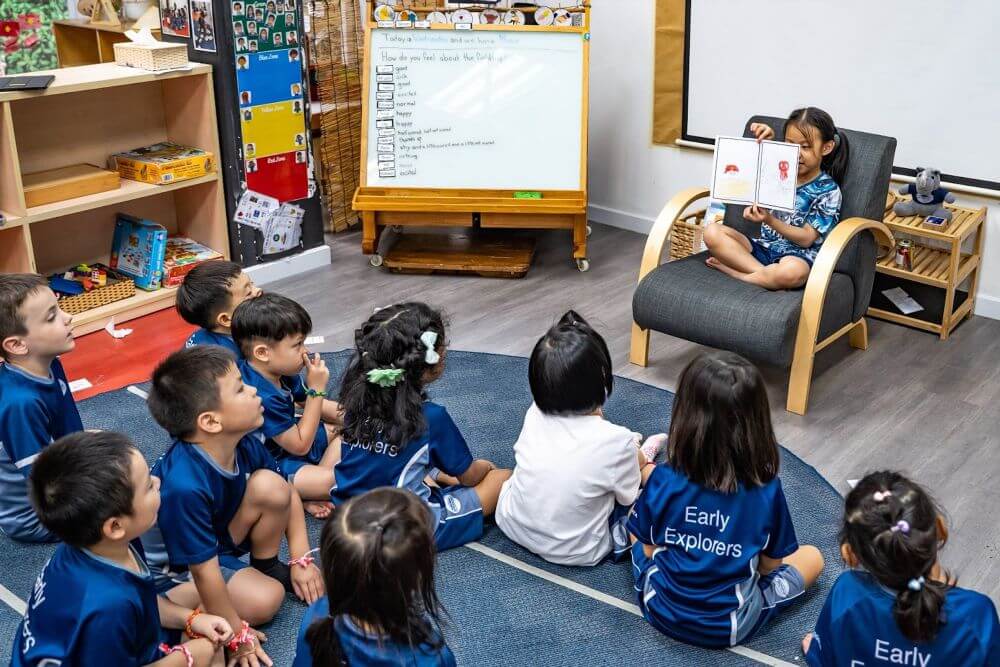
1. What are the differences between independent learners and dependent learners?
The distinction between independent and dependent learners lies primarily in their approaches to learning and reliance on external guidance.
Dependent learners rely heavily on external support, such as teachers and specific instructions, to navigate their learning process. They excel in environments where expectations are clearly defined and structured, often seeking frequent reassurance and guidance to ensure they meet these expectations effectively.
In contrast, independent learners thrive in environments with greater autonomy and flexibility. They are comfortable with less structured settings where they can take initiative in their learning journey. Independent learners prefer to explore and discover information independently, using teachers and resources as valuable aids rather than primary sources of direction.
They are motivated by opportunities to problem-solve independently and to delve into topics based on personal interest and curiosity.
2. What are parents’ tips for supporting children’s independent learning at home?
To support children’s independent learning at home, parents can implement several strategies:
- Define a work routine: Establish clear guidelines for when, where, and how tasks should be completed to help children stay focused and productive. Structured routines mentally prepare children for work and include appropriate breaks based on age and concentration.
- Create a personal work zone: Designate a distraction-free workspace at home with the necessary materials and resources. The environment mimics a classroom setting and promotes concentration and independence in completing tasks.
- Allow children the freedom to find solutions: Encourage exploration of different problem-solving strategies rather than dictating a single approach. This fosters creativity and resilience in tackling challenges, such as identifying relevant information in math problems.
- Encourage children not to be afraid of making mistakes: Emphasize that mistakes are a natural part of learning and an opportunity for growth. Cultivate a positive attitude towards errors, promoting adaptability and innovative thinking when faced with difficulties.
- Reward them for good work and perseverance: Establish a reward system that acknowledges and reinforces effort and achievement. Positive reinforcement, such as verbal praise or a rewards chart, motivates children to persist in their learning tasks and builds confidence in their abilities.
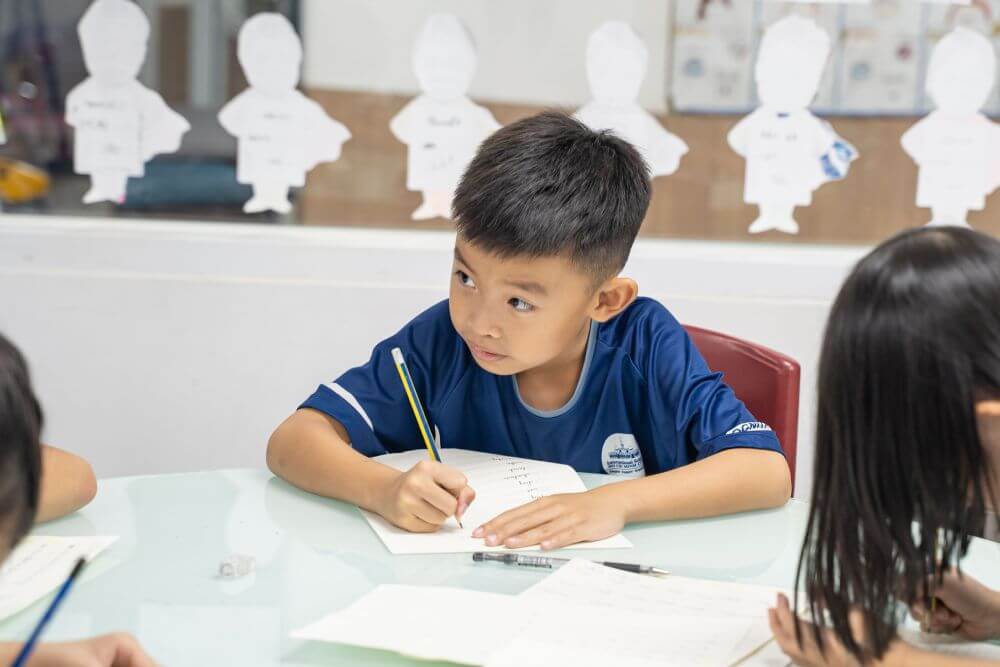
3. What activities can teachers apply to promote independent learning?
To promote independent learning among students, teachers can implement various activities that encourage self-directed exploration and collaborative learning:
- Marketplace Activity: Divide students into small groups and assign each group a specific topic area to research using provided materials (e.g., books and articles). Groups then set up “market stalls” to present their findings to classmates, rotating roles between presenting and gathering information. Students participating in this activity are encouraged to conduct independent research, work together as teachers, and show leadership.
- Envoys Activity: Like the Marketplace, groups research topics and select “envoys” to rotate among groups, teaching their assigned topic. The envoys’ responsibility to effectively convey knowledge and adapt explanations for various audiences fosters independence.
- Students as Teachers: Encourage students to lead activities related to the curriculum, such as starters, discussions, or presentations. Students can hone their teaching abilities, encourage peer learning, and solidify their information by instructing others.
- Provide Choices: Offer students a selection of tasks related to a topic, allowing them to choose based on their strengths and interests (e.g., creating a newspaper pull-out developing responses to a crisis scenario).
- Interviewing: Assign students to interview peers to gather information or opinions on a topic. Through this activity, students can gather and present their findings to the class autonomously while developing their research abilities and fostering interaction.
- Self-Managed Discussion: Organize small groups to discuss predetermined topics with appointed leaders responsible for facilitating discussions and summarizing key points. In this exercise, students actively participate in guiding discussions and develop critical thinking, teamwork, and self-management skills.

